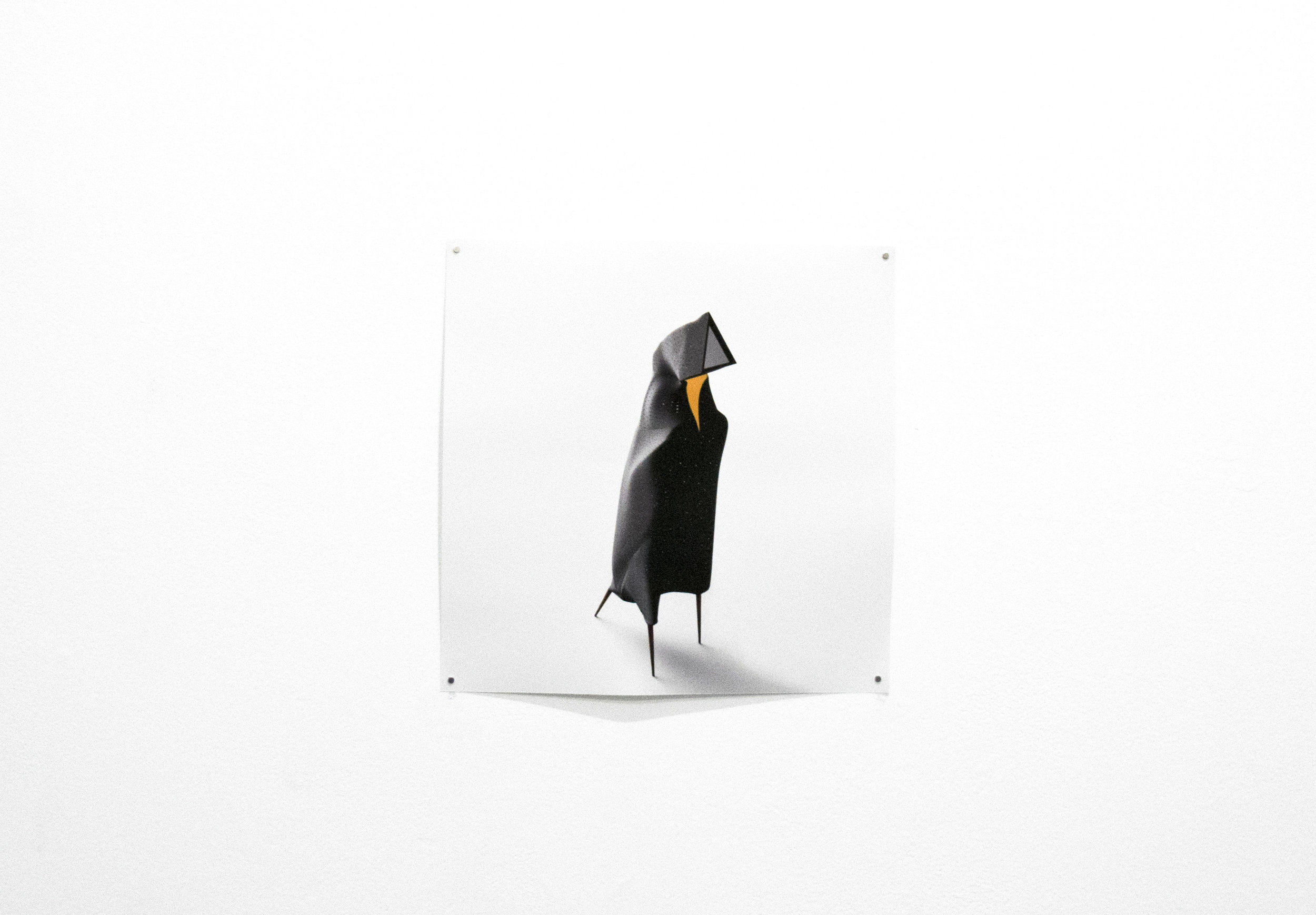Beyond Words
Caroline Liu, Amy Leners, Andrew Barco, Lesley Jackson, Keeley Haftner
Curated by Danny Floyd for Chicago Artists Coalition, January 4 - 25, 2018
There is no doubt that we encounter words at every turn of daily life. Text however, is something more complicated, though just as integral. Michel Foucault wonders exactly how to define a text in his essay, “What is an Author?”:
The problem is both theoretical and technical. When undertaking the publication of Nietzsche's works, for example, where should one stop? Surely everything must be published, but what is "everything"? Everything that Nietzsche himself published, certainly. And what about the rough drafts for his works? Obviously. The plans for his aphorisms? Yes. The deleted passages and the notes at the bottom of the page? Yes. What if, within a workbook filled with aphorisms, one finds a reference, the notation of a meeting or of an address, or a laundry list: is it a work, or not? Why not? And so on, ad infinitum.
A text is a chain of interlocking iterations that together form a meaningful image of the world. As expressions of ongoing lived experience, it is difficult to know where texts end and where they begin.
When seen this way, texts are not simply confined to words and language. A work of art is also a text. This is plain to see when an artwork draws from written or literary sources, but those are not the extent of art’s textual quality. Much like words fit together to make sentences and sentences to make paragraphs, physical and contextual components fit together in a modular sense to create a text that is something bigger than the sum of its parts. Art, as an illocutionary act, draws from an accretion of meaning through edits, critique, accidents, movement from different settings, and more. Changes are the very meaning of the text.
Texts are living documents on account of these changes. Since they can record these changes, texts naturally take on a historical quality. But history always looks into a mirror of speculation. A text is never really complete, but continues into the future, especially if its audience continues to interpret it in new ways. This exhibition highlights the crafting of textual artworks, particularly as textuality is a function of time. The images here range from the ancient to the futuristic, or sometimes both at once. They draw on narratives of personal memory and cultural myth serving to carry those stories forward. Moments of rupture and poetic reflection are written into these works. The texts of each work are intentionally not similar; rather, they stand to show the versatility of text.
So with these considerations, we return to Foucault’s question: What is the work? A textual work of art is not just the thing itself; nothing is left out. It is every cultural phenomenon and historical precedent that inspired it, the material substances that compose it and the images that result, the artists’ process, and the room in which it is exhibited. Finally, it also is about relationships between works of art, artist, curator, and audience within the private or public realm. All of these events and meaning are concentrated into one exhibition where the text stands behind the artwork.











































